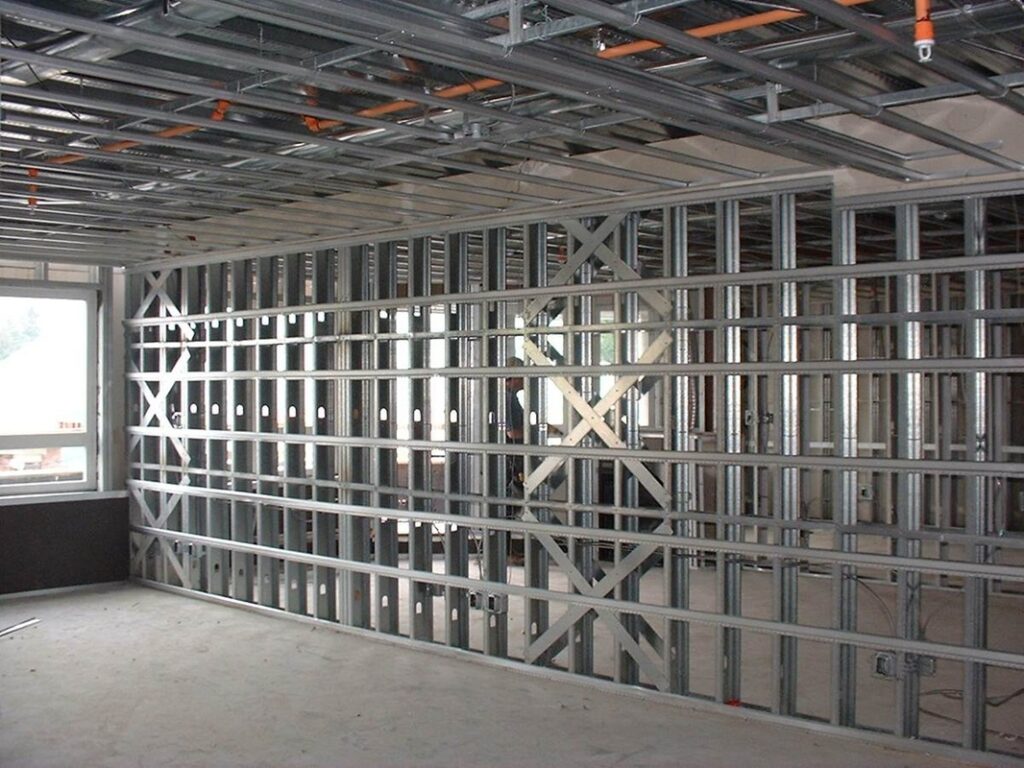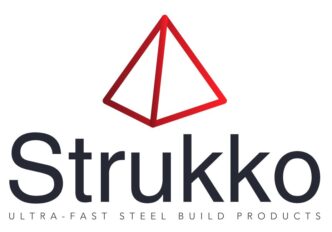
Strukko Light gauge steel framing (LGSF) is increasingly used in construction due to its numerous advantages, including high strength-to-weight ratio, durability, and versatility. When appropriately designed and implemented, Strukko LGSF can provide sufficient stability and structural integrity for a wide range of building types, including residential, commercial, and industrial structures.
Stability and Structural Integrity
1. High Strength-to-Weight Ratio: – Strukko Light gauge steel is strong and lightweight, which allows for efficient structural designs that can support significant loads relative to their own weight. This property is particularly beneficial in seismic zones, where lighter buildings are subjected to lower seismic forces.
2. Consistent Material Quality: – Unlike traditional wood framing, Strukko light gauge steel framing offers consistency in quality, as it is manufactured to precise specifications. This predictability ensures uniformity in construction and reduces the likelihood of structural weaknesses.
3. Design Flexibility: – LGSF systems can be designed to accommodate a wide range of architectural styles and structural requirements. They can be used for load-bearing walls, non-load-bearing partitions, and floor systems. This flexibility extends to the integration of other materials, such as concrete or masonry, to enhance stability.
4. Durability and Resistance: – Steel is inherently resistant to pests, rot, and fire, which can compromise other types of building materials. This durability contributes to the long-term stability and safety of structures built with LGSF.
Considerations for Ensuring Stability
1. Proper Design and Engineering: – The structural design of LGSF buildings must adhere to relevant building codes and standards, which often include considerations for wind loads, seismic activity, and other environmental factors. The design must ensure that the framing system is capable of supporting the intended loads, including dead loads, live loads, and dynamic loads.
2. Connection Details: – The connections between steel members are critical to the overall stability of the structure. Properly designed and executed connections ensure that loads are effectively transferred between components, preventing issues such as buckling, distortion, or collapse.
3. Bracing Systems: – Adequate bracing is essential in LGSF construction to provide lateral stability and resist forces such as wind or seismic loads. Bracing can be achieved through various methods, including diagonal bracing, shear walls, or the use of rigid connections.
4. Quality Control and Installation: – The stability of LGSF buildings depends significantly on the quality of materials and workmanship during installation. Strict adherence to design specifications and standards is crucial to ensure that the structure performs as intended.
Applications and Limitations
While Strukko LGSF is suitable for a wide range of applications, it may not be ideal for all scenarios. For example, very tall buildings or structures requiring extreme load-bearing capacities may necessitate the use of heavier structural steel systems. However, for many low to mid-rise buildings, including homes, apartments, and commercial facilities, Strukko LGSF provides a viable and effective solution.
In summary, Srrukko light gauge steel framing is capable of providing the necessary stability and structural integrity for building frame solutions, provided that proper design, engineering, and construction practices are followed. Its adoption should always be evaluated based on specific project requirements, local building codes, and environmental conditions.
